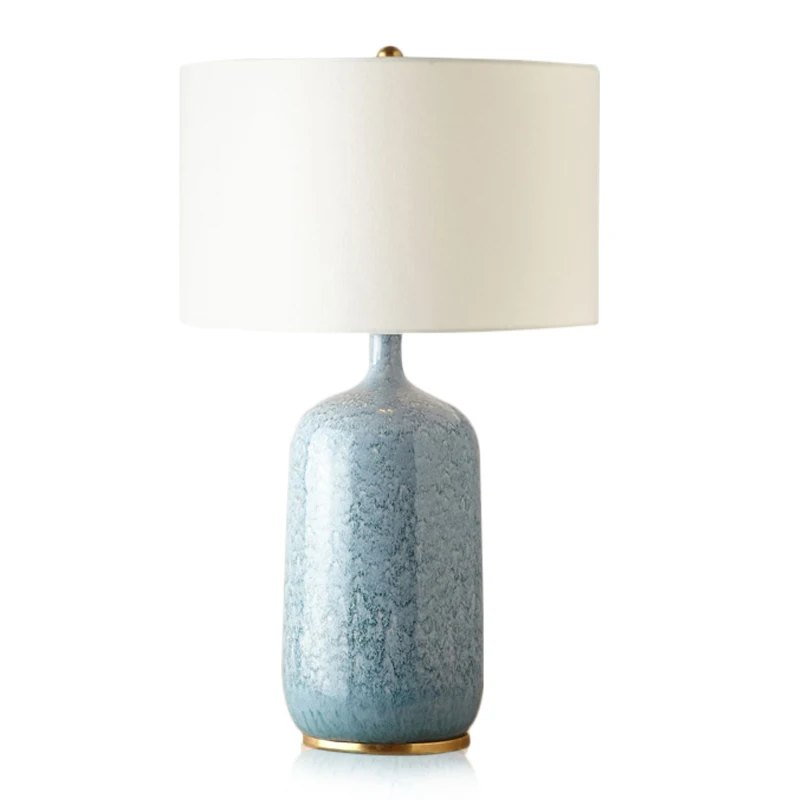
LEAFLETS
PRODUCTS
A Comprehensive Guide To Trolley Handle Design Exploring The Engineering Principles Ergonomics And Manufacturing Techniques Used To Create This Everyday Essential
Engineering Principles: Strength, Durability, and Material Selection
The engineering design of a trolley handle begins with material selection. The choice hinges on factors such as strength-to-weight ratio, cost-effectiveness, and resistance to corrosion and wear. Common materials include steel, aluminum, and various plastics, each offering a unique balance of properties. Steel offers exceptional strength and durability, ideal for heavy-duty trolleys. However, its weight can be a drawback. Aluminum, lighter yet still strong, is a popular alternative, particularly for consumer-grade trolleys. Plastics, such as polypropylene or high-impact polystyrene, provide cost-effective solutions for lighter applications, offering good impact resistance and the potential for easy color customization.
Beyond material, the structural design of the handle is crucial. Engineers meticulously calculate the required strength to withstand the forces exerted during use. This involves considering factors such as the maximum load capacity of the trolley, the anticipated user force, and the potential for impact or shock loads. Finite element analysis (FEA) is often employed to simulate these stresses and optimize the handle's design for maximal strength and minimal weight. The connection point between the handle and the trolley body is another critical area, requiring robust design to prevent failure under heavy loads or abrupt movements.
Furthermore, the handle's design must account for fatigue resistance. Repeated stress cycles can lead to material failure over time. Engineers use techniques like stress concentration reduction through careful shaping and the selection of materials with high fatigue strength to ensure long-term reliability. Surface treatments, such as powder coating or anodizing, also play a significant role in enhancing corrosion resistance and extending the handle's lifespan.
Ergonomics: Comfort, Grip, and User-Friendliness
The ergonomic design of a trolley handle directly impacts user comfort and efficiency. The handle's shape, size, and surface texture are carefully considered to optimize grip and reduce hand fatigue. Studies have shown that a slightly curved handle shape conforms better to the natural curvature of the hand, minimizing strain on the wrist and forearm. The handle diameter is also crucial; too thin, and the handle can be uncomfortable to grip; too thick, and it can be difficult to maneuver.
The surface texture of the handle also significantly affects grip. Textured surfaces, whether achieved through molding, embossing, or coatings, improve grip, particularly when the user's hands are wet or greasy. However, excessive texturing can be abrasive and uncomfortable. The optimal texture is a balance between providing sufficient grip and maintaining user comfort. Moreover, the handle's overall length and position relative to the trolley body influence posture and effort required during pushing or pulling. An ergonomically designed handle minimizes strain on the back and reduces the risk of musculoskeletal injuries.
Beyond the physical aspects, the placement of any additional controls or features on the handle, such as brakes or levers, must be carefully considered to ensure intuitive operation and prevent accidental activation. These ergonomic factors are often evaluated through user testing and feedback, incorporating real-world usage scenarios to identify potential improvements and address usability issues.
Manufacturing Techniques: Efficient Production and Cost Optimization
The manufacturing process for trolley handles varies depending on the chosen material and design complexity. Steel handles are often produced through processes like forging, casting, or extrusion, followed by machining to achieve the desired shape and dimensions. Aluminum handles can be similarly manufactured, leveraging its malleability to facilitate shaping and forming. Plastic handles are typically injection molded, a highly efficient process capable of producing large volumes of identical parts at relatively low cost.
Surface finishing techniques are essential for enhancing the handle's appearance, durability, and corrosion resistance. Powder coating provides a durable, aesthetically pleasing finish for steel and aluminum handles. For plastic handles, surface texturing can be incorporated directly during the molding process, eliminating the need for secondary finishing operations. The choice of manufacturing techniques ultimately impacts the overall cost and lead times, requiring careful consideration to balance production efficiency with design requirements.
Quality control is a paramount aspect of the manufacturing process. Rigorous testing is employed to ensure the handles meet the specified strength, durability, and ergonomic standards. This can involve destructive testing, such as tensile or fatigue tests, to verify material properties and structural integrity. Non-destructive testing methods, such as visual inspection or dimensional checks, are also used to identify any defects or deviations from the design specifications. This meticulous approach ensures the production of high-quality, reliable trolley handles that meet the demands of their intended applications.
In conclusion, the seemingly simple trolley handle represents a sophisticated blend of engineering, ergonomics, and manufacturing expertise. Understanding the design considerations involved highlights the importance of detail and the intricate interplay of factors that contribute to the creation of an efficient, comfortable, and durable everyday essential.SUBSCRIBE
INQUIRY










